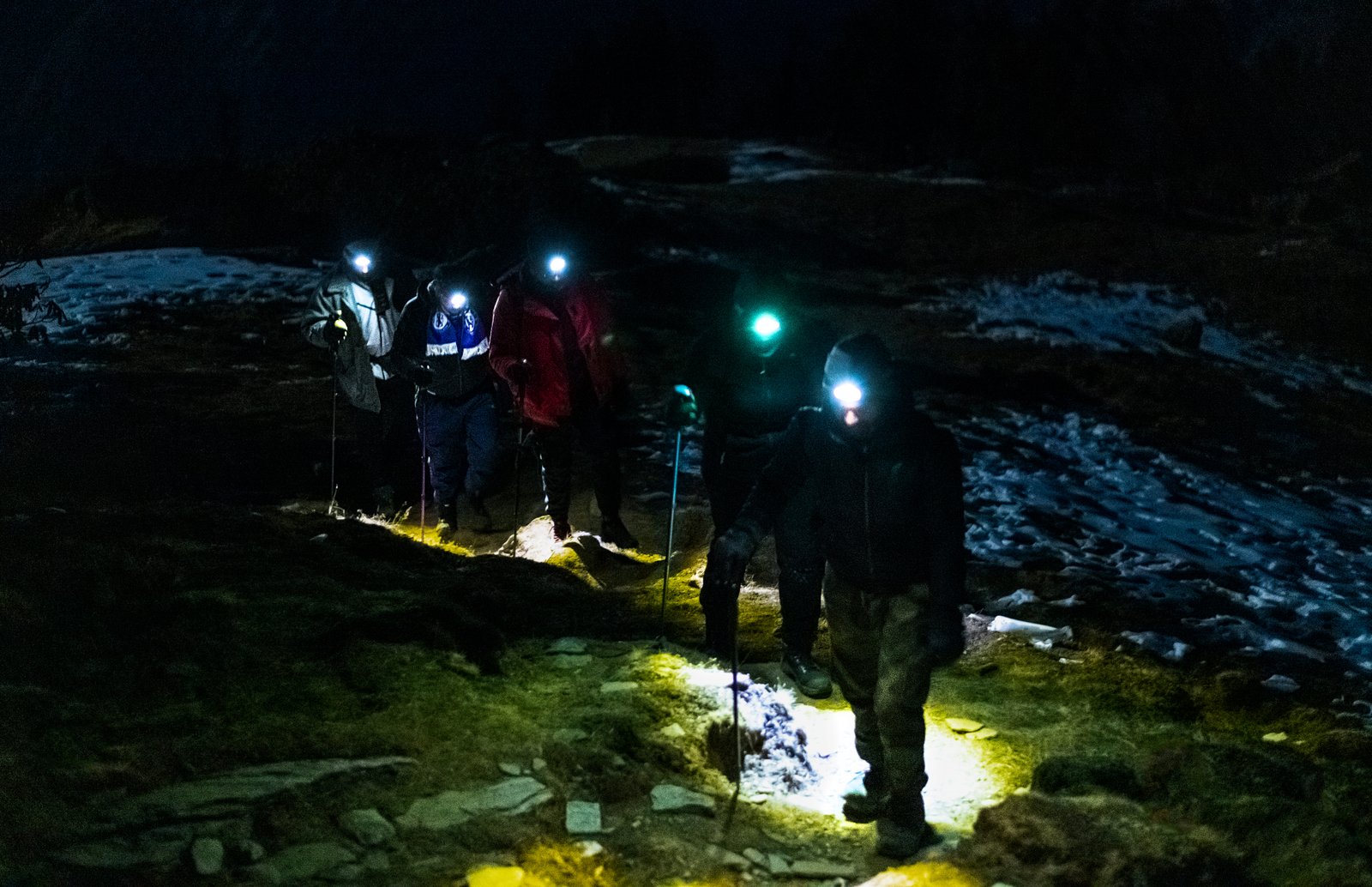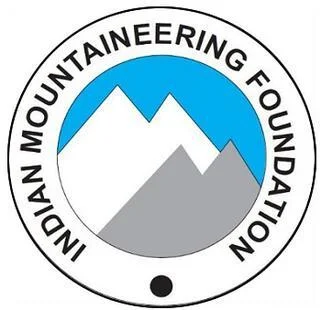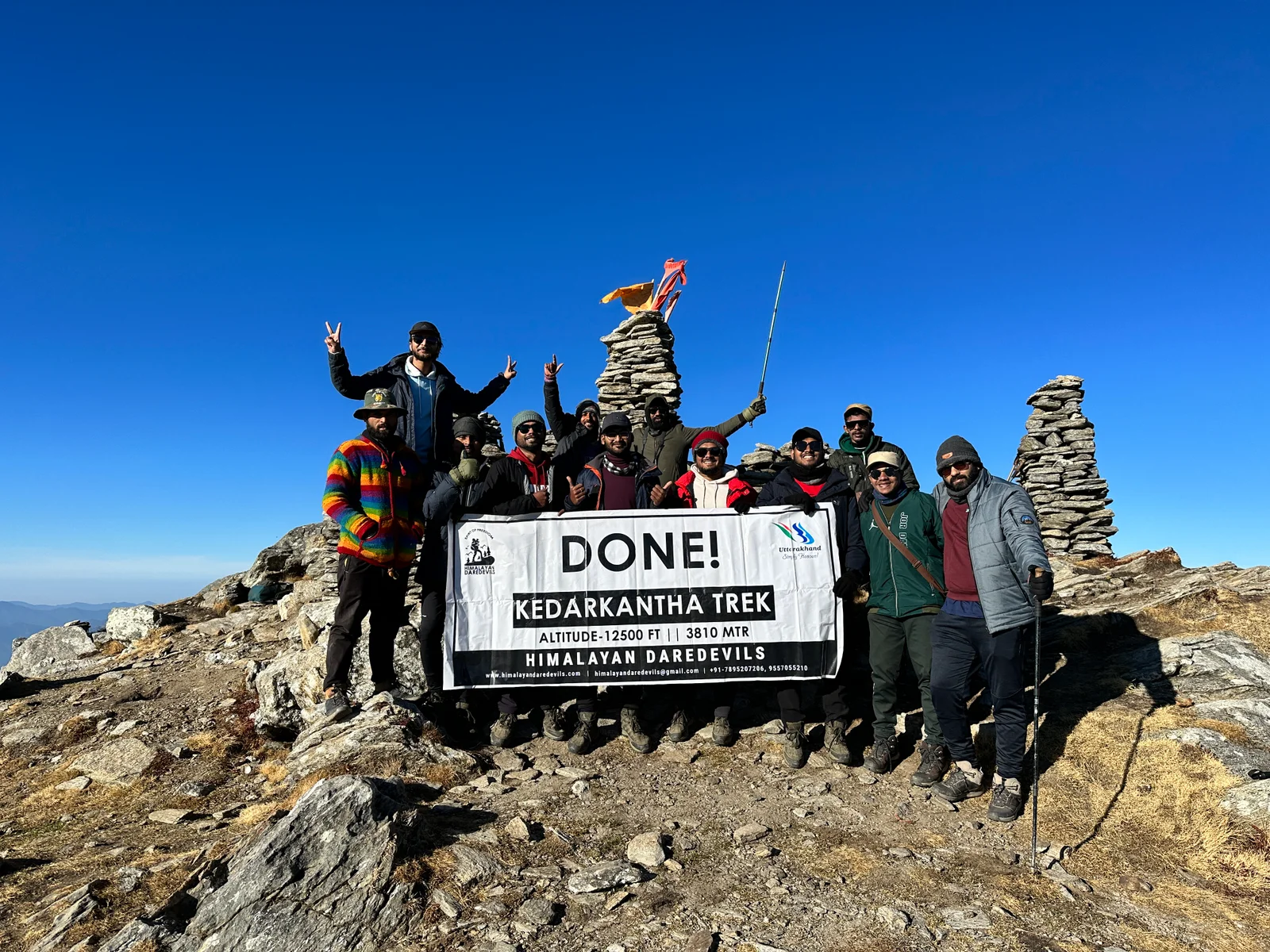Starting From
5,748
4,999.00

Starting From
5,749
4,999.00
Starting From
5,749
4,999.00
Kedarkantha Trek (333+ Reviews)
One way trail. The trek starts and ends at Sankri
Dehradun Railway Station
Jolly Grant Airport, Dehradun
Sankri
January | February | March | April | October | November | December
Sankri to Sankri
Veg
Hotel/ Camping
Uttarakhand
5 Days
Easy
12500 Ft
22 Km
Kedarkantha Trek Overview
Tips & Tricks For Kedarkantha Trek by Himalayan Daredevils Expert Guide
Kedarkantha Trek Itinerary
Pickup from Dehradun and drive to Sankri through winding mountain roads
Enjoy rivers, forests, and traditional Garhwali villages along the way
Arrive at Sankri, relax and prepare for the trek next day
Overnight stay in a guesthouse or homestay
Distance: 200 km | Time: 7–8 hours | Altitude: 1,950 m | Temperature: 8°C to 15°C (varies with season)
Short Itinerary:
Detailed Itinerary:
The journey begins with a long yet scenic drive from Dehradun to Sankri, the base village for the Kedarkantha Trek. Covering around 200 kilometers in about 7–8 hours, the road takes you through pine forests, apple orchards, and small towns such as Mussoorie, Purola, and Mori. Along the way, the Tons River flows beside you, adding to the charm of the drive. As you move deeper into the mountains, the air becomes cooler, and the views turn more dramatic. Sankri, located at 1,950 meters, is a small but vibrant village, it is the starting point of the trek. Upon arrival, you can rest, acclimatize, and get your gear ready for the adventure ahead.
Start the trek from Sankri and ascend gradually through pine and maple forests
Experience snow patches in winter and blooming vegetation in spring
Reach Juda Ka Talab, a high-altitude lake surrounded by forests
Camping and overnight stay by the lake
Distance: 5 km | Time: 4–5 hours | Altitude: 2,700 m | Temperature: -2°C to 12°C (in winter)
Short Itinerary:
Detailed Itinerary:
Your trekking journey begins today with a short but steady climb from Sankri to Juda Ka Talab. The 5-kilometer trail winds through dense forests of pine, oak, and maple, offering plenty of shade and a serene atmosphere. In winter, the path is often blanketed with snow, while in spring the trail bursts into life with wildflowers and greenery. After a few hours of hiking, you will arrive at Juda Ka Talab, which is a picturesque alpine lake situated at 2,700 meters. During winter, the lake freezes over, creating a mesmerizing sight. This is a perfect spot for camping, with tall trees surrounding the lake and snow-covered peaks in the distance.
Ascend through dense pine forests and wide meadows
Enjoy panoramic views of snow-covered Himalayan peaks along the trail
Set up camp at Kedarkantha Base Camp under a starlit sky
Distance: 4 km | Time: 3–4 hours | Altitude: 3,400 m | Temperature: -5°C to 10°C (in winter)
Short Itinerary:
Detailed Itinerary:
Today’s trek is short but highly rewarding. Leaving Juda Ka Talab behind, the trail climbs steadily through forests before opening up into clearings that offer stunning views of the Himalayan ranges. The snow gets deeper in winter, adding to the adventure. As you ascend, wide meadows begin to appear, providing sweeping views of towering peaks like Swargarohini and Black Peak. Kedarkantha Base Camp, at 3,400 meters, is the perfect spot to rest and prepare for the big summit push. Camping here is a magical experience, with the night sky lit by countless stars and the mountains standing tall around you.
Start the climb before sunrise for the best views
Reach Kedarkantha Summit (12,500 ft) and enjoy 360° Himalayan panoramas
Descend back to Juda Ka Talab for overnight camping
Distance: 6 km (to summit and back) | Time: 6–7 hours | Altitude: 3,800 m (summit) | Temperature: -10°C to 5°C (in winter)
Short Itinerary:
Detailed Itinerary:
The most awaited day of the trek begins early, often around 3 to 4 AM, to reach the summit in time for sunrise. The trail is steep and challenging, especially in snow, but the reward is beyond imagination. From the top of Kedarkantha Peak (3,800 m), you get a 360° view of the Himalayas, including Swargarohini, Bandarpoonch, Black Peak, and Gangotri ranges. Watching the rising sun turn the snow-clad mountains golden is an unforgettable experience. After spending time at the summit, you descend back to Juda Ka Talab. The descent is easier and allows more time to soak in the beauty of the landscape. Overnight stay at Juda Ka Talab campsite.
Descend from Juda Ka Talab back to Sankri Village
Drive back to Dehradun via scenic mountain routes
End of trek with unforgettable memories
Distance: 6 km trek + 200 km drive | Time: 3–4 hours trek + 7–8 hours drive | Altitude: 1,950 m (Sankri) | Temperature: 8°C to 15°C
Short Itinerary:
Detailed Itinerary:
On the final day, you retrace your steps from Juda Ka Talab to Sankri, descending through pine forests and meadows. The downhill trek takes about 3 to 4 hours. Once back at Sankri, you will begin the long drive to Dehradun. The 200-kilometer journey takes around 7 to 8 hours and passes through the same scenic routes filled with rivers, forests, and mountain views. By evening, you will arrive in Dehradun, marking the end of your Kedarkantha adventure, a trek filled with snow, forests, Himalayan views, and memories to last a lifetime.
Kedarkantha Trek Map

Reviews Videos
Inclusions
Exclusions
1. Meals while on trek (Veg).
2. All necessary entry fees and permits.
3. Accommodation: - Guest house, Home stay, camping during Trek.
4. Mountaineering qualified & professional trek Leader, guide, cook and Support staff.
5. First aid medical kits, stretcher and oxygen cylinder.
6. Trek equipment: Sleeping bag, mattress, tent, kitchen & dinning tent, toilet tent, utensils and crampon (if required)
7. Staff Insurance.
8. Porters/mules to carry central equipment.
1. Any kind of personal expenses.
2. Food during the transit.
3. Mules or porter to carry personal luggage.
4. Insurance.
5. Any kind of emergency evacuation charges
6. Anything not specifically mentioned under the head.
7. Transport (Non Ac)
8. GST 5%
9.Any expense incurred or loss cost by reasons beyond our control such as bad weather, natural calamities (landslides, floods), flight delays/rescheduling/ cancellations, any accidents/medical evacuations, riots/strikes/war/pandemics etc.
1. Meals while on trek (Veg).
2. All necessary entry fees and permits.
3. Accommodation: - Guest house, Home stay, camping during Trek.
4. Mountaineering qualified & professional trek Leader, guide, cook and Support staff.
5. First aid medical kits, stretcher and oxygen cylinder.
6. Trek equipment: Sleeping bag, mattress, tent, kitchen & dinning tent, toilet tent, utensils and crampon (if required)
7. Staff Insurance.
8. Porters/mules to carry central equipment.
1. Any kind of personal expenses.
2. Food during the transit.
3. Mules or porter to carry personal luggage.
4. Insurance.
5. Any kind of emergency evacuation charges
6. Anything not specifically mentioned under the head.
7. Transport (Non Ac)
8. GST 5%
9.Any expense incurred or loss cost by reasons beyond our control such as bad weather, natural calamities (landslides, floods), flight delays/rescheduling/ cancellations, any accidents/medical evacuations, riots/strikes/war/pandemics etc.
What should you carry for the Kedarkantha Trek?
It seems exciting to be about to go on trek every time, doesn't it? But if you’re feeling a little confused about what to bring! With an exhaustive list of the essentials for your trek with Himalayan Daredevils, we’ve got you covered. Here’s what you’ll need in your backpack for everything from staying hydrated and safe to staying warm in the chilly Himalayan winds.
1. Essential clothes: remain dry, warm, and comfortable.
You will experience a wide range of weather conditions while trekking in the Himalayas, so bringing suitable clothing is essential to your comfort. Let’s examine it:
Down jackets and fleece jackets: Jackets are your go-to items in extremely chilly weather. Higher places can see a sharp drop in temperature. So you better ensure you have put both layers on.
Waterproof jacket: You never know when snow or rain will suddenly fall. You need a waterproof jacket to stay warm and dry.
Trekking trousers: Pack clothes that dry quickly; it should be sufficient to bring two trekking pants and two breathable, moisture-wicking t-shirts for a four- to five-day hike. This will keep you comfortable and refreshed during the trip.
Thermal innerwear: The cold might be particularly strong at night. Warm thermal clothing is ideal for staying warm inside your tent.
Gloves, a beanie, and a neck warmer: These are little but just as necessary items. Your hands will stay warm with gloves, and you may protect yourself from cold with a beanie and neck warmer.
Wollen socks and hiking shoes: When trekking, comfort is everything! An excellent set of waterproof hiking boots is important. Remember to include a few pairs of warm wool socks for those chilly evenings and long trekking trips.
2. Essential materials: Ensure a simple and safe trek.
Equally important as the clothes you wear is the gear you use. To travel the roads, you’ll need the following:
Durable backpack: To fill all of your necessities, you will need a large, durable backpack. Make sure it isn’t too heavy and has enough room for all your belongings.
Trekking pants: These are necessary for maintaining stability on uneven ground, particularly on sharp ascents or descents.
Headlamp with Extra Batteries: You’ll likely be hiking late at night or in the early morning. Having a headlamp will free up your hands and maintain visibility of your path.
UV-protective sunglasses: The sun rays intensify with height. Your eyes will protected from the damaging UV rays by a good pair of sunglasses.
Water bottles: Bring an extra water bottle with you on any journey because staying hydrated is important. Reusable bottles work best because there are water refill stations on some climbs.
First Aid Kit: Include basic medical materials such as blister treatment, bandages, disinfectants, and painkillers in your kit. It is always preferable to be ready for minor wounds.
Swiss knife or multi-tool: A useful tool for cutting ropes, preparing meals, and possibly even performing some last-minute repairs while hiking.
3. Health and Safety: Take precautions in the Himalayan Mountains
Protecting your health and safety is of the highest priority when trekking, especially in the highlands. What you will need is as follows:
High SPF sunscreen and lip balm: The sun’s UV rays are powerful in the mountains even in the winter. You can prevent sunburn on your skin and your chapped lips by using lip balm and sunscreen.
Electrolyte Powder: It’s important to stay hydrated, and putting electrolytes in your water will speed up your recovery and maintain your energy.
Snacks for Energy: Eat snacks like trail mix energy bars and dried fruits to stay energized. For extended periods of trekking, you’ll require that extra encouragement.
Additional needs: make sure to pack ID-proof and trekking permits with you and always keep these on hand! They are required for registration and checkpoints.
Whether you’re going on a quick 4-day hike or a week-long trip through the Himalayas, packing wisely will improve your experience significantly.
How to Reach Dehradun For Kedarkantha Trek?
Reaching Dehradun for the Kedarkantha Trek is easy, as the city is well connected by air, train, and road. You can fly into Jolly Grant Airport, take a train to Dehradun Railway Station, or travel by bus or cab from Delhi and nearby cities. Once in Dehradun, trekkers usually head to Sankri, the base village for the trek, which is about 200 km away (7–8 hours by road). Dehradun also offers good connectivity and basic stay options, making it the perfect starting point for your Himalayan adventure.
By Road
From Delhi :
Distance: About 260 km.
Time: 6 to 7 hours.
Route: NH 44 should be taken; this road goes through Meerut, Muzaffarnagar, and Roorkee which is scenic.
Suggestion: You may take a cab or book a cab online rather than getting stressed out about availability.
Local Buses:
Frequency: Buses are available in the regions of Delhi, Chandigarh, and Haridwar after every hour.
Forms: AC and non-AC buses are both provided.
Booking: These can be bought online or at the bus stop
Self Drive:
Benefits: You can also check out places on your way around.
By Air
Jolly Grant Airport:
Distance from the airport to Dehradhun: It is 25 kilometers.
Air Transport Available: Major Indian metropolitan cities namely Delhi, Mumbai and Banglore have rounds of flights to this airport regularly.
Time: 1 hour starting from Delhi.
Transportation after the flight:
Alternatives: Taxis and private cabs are available outside the airport.
Time taken to travel from the airport to Dehradun: 40 to 60 minutes.
By Train
Dehradun Railway Station:
Connectivity: Trains connect it well to prime locations such as Delhi, Mumbai, and Calcutta.
Popular Trains:
Nanda Devi Express: Travel time is Nanda Devi overnight service.
Shatabdi Express: Day service; fast and comfortable.
Dehradun Express: Return options are available regularly.
From the Station:
Local Transport: Locals recommend wholesale taxis, auto-rickshaws, or local buses to the city or the trekking starting point.
Fitness and preparation guide for Kedarkantha Trek
Fitness Required for Kedarkantha Trek – Detailed Guide by Himalayan Daredevils
Trekking to Kedarkantha demands a combination of cardiovascular endurance, strength, and flexibility. Here's a comprehensive fitness preparation guide to help you get trek-ready:
1. Cardiovascular Endurance
For easy to moderate treks like Kedarkantha, cardiovascular endurance is essential. Aim to run 4.5 kilometers in under 40 minutes consistently before your trek. Start by jogging at least 5 days a week. If you're new to running, begin with 2 km and gradually increase the distance over 2-3 weeks. By consistently building up your stamina, you'll ensure that you can handle the long, uphill walks.
How to prepare:
Start running 2-3 km daily
Gradually increase to 4.5-5 km in 6-8 weeks
Focus on completing 4.5 km in less than 40 minutes by the end of your training
2. Lower Body Strength
Strong legs are crucial for trekking as they power you through steep ascents and provide stability on downhill paths. Incorporate exercises that target your quadriceps, hamstrings, glutes, and calves.
Key Exercises:
Squats: Build strength for ascending terrain by targeting your quads, hamstrings, and glutes.
Lunges: Improve stability, flexibility, and control while trekking on uneven terrain.
Training Tips:
Perform 3 sets of 12-15 squats and lunges 3-4 times a week
Gradually increase the number of repetitions as your strength improves.
3. Core Strength
A strong core helps maintain stability and balance on uneven, rocky trails. Engaging your core during trekking will also reduce fatigue and protect your back from strain
Core Exercises:
Planks: Strengthen your abdominals, obliques, and lower back, crucial for maintaining posture
Russian Twists: Enhance your rotational stability, preventing injuries during twists and turns.
Training Tips:
Start with holding planks for 30 seconds, gradually increasing to 1-2 minutes
Perform 3 sets of Russian twists with 20 repetitions per side.
4. Upper Body Strength
Trekking often requires carrying a heavy backpack, so building upper body strength is vital. Exercises targeting your shoulders, chest, and back will improve your ability to carry the load comfortably and maintain posture throughout the trek.
Key Exercises:
Push-ups: Strengthen your chest, shoulders, and triceps for carrying your backpack
Pull-ups/Bodyweight Rows: Strengthen your back muscles to improve posture and prevent fatigue.
Training Tips:
Do 3 sets of 10-15 push-ups and 3 sets of 5-10 pull-ups or bodyweight rows at least 3 times a week.
5. Full Body/Cardio Workouts
Incorporating full-body exercises like burpees and mountain climbers boosts your cardiovascular endurance and strengthens both upper and lower body muscles.
Key Exercises:
Burpees: Boosts cardiovascular endurance and overall strength
Mountain Climbers: A dynamic movement that strengthens your core, chest, shoulders, and legs.
Training Tips:
Perform 3 sets of 10-12 burpees and 3 sets of 20 mountain climbers (10 per leg) to build stamina.
6. Flexibility and Mobility
Flexibility is key to avoiding injuries and maintaining range of motion during the trek. Incorporate stretching into your routine, especially targeting your legs, hips, and back.
Training Tips:
Dedicate at least 10 minutes to stretching after each workout
Include dynamic stret
FAQ Kedarkantha Trek
December to April is ideal for snow trekking and winter landscapes. Spring (March–April) and autumn (September–November) are also great for clear skies, mild weather, and scenic views of the mountains.
Since the Kedarkantha journey is rated as moderate, both new and skilled trekkers can benefit from it. Although the last part of the trail to the summit is quite high, the route is directed and the rise is moderate. You will be trekking for four to six hours a day on average, so strength and stamina are required. Trekking in the winter might be challenging, although not very so because of the snow and chilly weather.
However, the walk is feasible if you are fit and have a minimal level of preparedness. The stunning views of mountains covered in snow like Swargarohini, Bandarpoonch, and Black Peak that await you at the summit make the effort worthwhile. For those looking for an introduction to Himalayan trekking, this is a great journey.
During the Kedarkantha trip, high-altitude sickness, also known as acute mountain sickness (AMS), is usually not a serious worry. Although altitude sickness can happen at the trek's highest point of 12,500 feet, most trekkers only have moderate symptoms, if any at all. Your body may adjust gradually in the campsites at Kedarkantha Base Camp (11,250) and Juda Ka Talab (8,450) feet, which lowers your chance of developing altitude sickness (AMS). It's important to stay hydrated, climb gradually, and pay attention to what your body is telling you to reduce any problems. You must notify your trip leader right away if you experience any symptoms, such as headaches, nausea, or dizziness. Usually, descending aids in the rapid relief of symptoms.
Indeed, despite their the same names, Kedarkantha and Kedarnath are two very different treks and destinations. Located in Uttarkashi, Uttarakhand's Govind Wildlife Sanctuary, Kedarkantha is a well-liked trekking destination. It is popular for its striking sights, roads covered with snow, and trekker-friendly experience.
On the other hand, Kedarnath is a well-known pilgrimage destination that is a stop on the Char Dham Yatra and is the location of one of the twelve Jyotirlingas. For devotees, the Kedarnath trek is primarily a spiritual trip that leads to the Kedarnath temple. Kedarkantha is more of a religious and cultural attraction than it is an exciting trekking location.
Six days is the normal time of the Kedarkantha trek, which includes travel time to and from Dehradun. The actual walk lasts four days and covers a distance of roughly 20 to 22 kilometers. Sankri, the base village, is an hour's travel from Dehradun on the first day. You hike from Sankri to Juda ka Talab to the Kedarkantha Base Camp. On day four, you will reach the summit and make your way back to Juda ka Talab. You return to Sankri on Day 5, then on Day 6, you take an 8- hour drive back to Dehradun. The walk lasts between four and six hours each day and is moderate.
The Kedarkantha Trek features snow-covered trails, the majestic Kedarkantha Summit (12,500 ft), frozen Juda Ka Talab, and dense pine forests. Trekkers also enjoy breathtaking panoramic views of the Himalayan ranges, with sunrise from the summit being a spectacular and unforgettable highlight of the journey.
Yes, it’s considered beginner-friendly. The trails are well-marked, and there’s no technical climbing. Moderate fitness is recommended for a comfortable experience.
Electricity is limited at campsites and homestays, mostly supplied by solar panels. It’s best to carry power banks for charging devices.
Essentials include warm and layered clothing, trekking shoes, gloves, woolens, raincoat, backpack, water bottle, snacks, and personal items. In winter, extra gear for snow trekking is recommended.
Yes, Solo trekking is possible, but joining a guided group is safer. Local guides help with navigation, accommodation, and emergency support.
Snow typically starts in December and lasts until March–April, covering trails, ridges, and forests for the classic winter trekking experience.
Transport: Dehradun to Dehradun round-trip via Tempo Traveller (Pickup & Drop)
Permits & Entry Forest Permit and Entrance Fees
Accommodation: Hotel in Sankri
Accommodation on Twin/Triple Sharing
Meals: Breakfast, Lunch, Tea, Coffee, Snacks, Soup, Dinner (All meals included)
Camping Gear: High-Quality Dome Tents, Sleeping Bags, Mattress, Liner
Sanitation Setup: Toilet Tents, Dining Tent, Dining Table, Camping Chair
Support Staff Kitchen Team, Trek Helpers
Communication Tools: Radio Walkie-Talkie
Trek Guides Experienced Trek Leader & Technical Guide
Safety Equipment: Medical Kit, Oxygen Cylinders, Pulse Oximeter
Trekking Equipment: Crampons, Gaiters
The average cost of a trek varies greatly depending on location, duration, and type of services. For Kedarkantha, the average trek cost is 7000 INR
Different agencies offer varying costs for the Kedarkantha Trek due to differences in accommodation standards, transportation, meals, and guide services. Other factors include the operator's size and overhead, group size, and the quality of equipment provided.Its very important to check with the trek operator what kind of services he is providing instead of just blindly going with cheap trek operators who compromise on the services and safety.
No. The pricing for Kedarkantha Trek remains the same.. Sometimes organizations comes up with earlybird offers. But overall it remains the same.
Cancellation policy
Life is unpredictable and we understand sometimes you have to cancel or change your trip dates and it is our endeavour to make it as easy possible for you. However, please understand we plan everything including guide fees, permits, accommodation and ration in advance. Therefore any cancellation means inconvenience and certain losses to the people involved in various stages of programme. Keeping that in mind, our cancellation charges are as below-
Cancellation prior to 30 days from start of the event: Get monetary refund with 15% of cancellation charges on trek fee.
Cancellation between 30 days and 15 days to the start of event: 50% on trek fee is non refundable and the remaining 50 % will be given as cash voucher which is valid for 1 year.
Cancellation less than 15 days to the start of event: No refund.
Please note cancellation will be only accepted by email.
Booking amount is non refundable
Note: The Himalayan Daredevils reserves the right to cancel a programme before departure in the event of logistical problems arriving due to natural calamities, strikes, wars on any other circumstances that makes the event inadvisable. In this case, 50% on trek fee is non refundable and the remaining 50 % will be given as cash voucher which is valid for 1 year.
Itinerary changes & trip delays:
We plan itineraries based on the information at the time of planning and in rare circumstances, there are subject to change. In the event that the itinerary is changes or delayed due to unforeseen circumstances such as bad weather conditions, transportation delays, government intervention, landslides etc. We will always aim to give you the best experience possible. However The Himalayan Daredevils are not be held responsible for the cost of delay or changes.
Why Choose Us
Our Best Performance
50,000+
Trekkers
PAN India Treks
250+
Treks
Professional
and Experienced Staff
Best
Grade Equipment
Well Organised
Trek Itineraries
Related Blogs
Read and get more about our treks
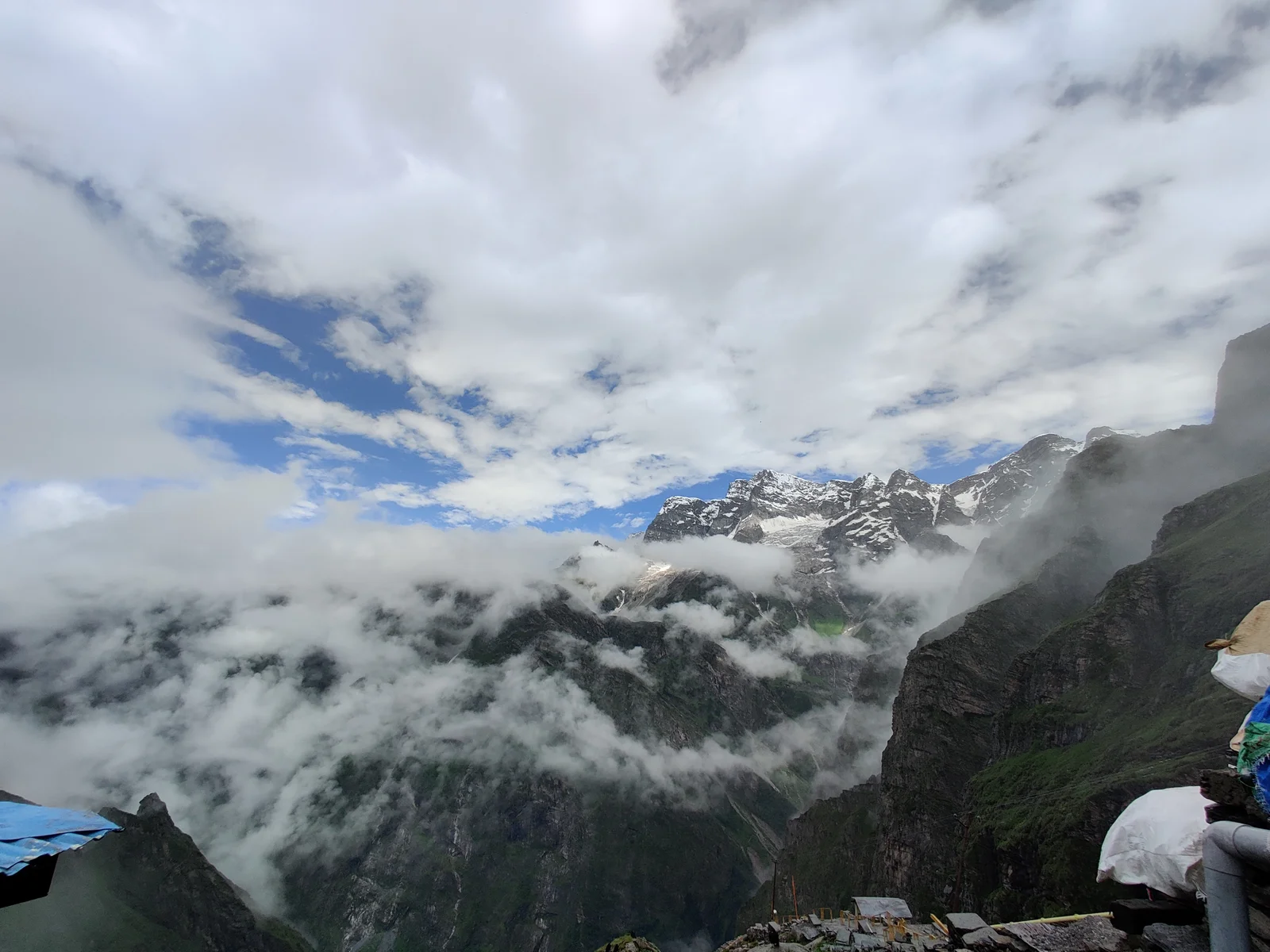
Top 5 Best Treks in Uttarakhand - Himalayan Daredevils

The Importance of Using Two Trekking Poles on Himalayan Treks
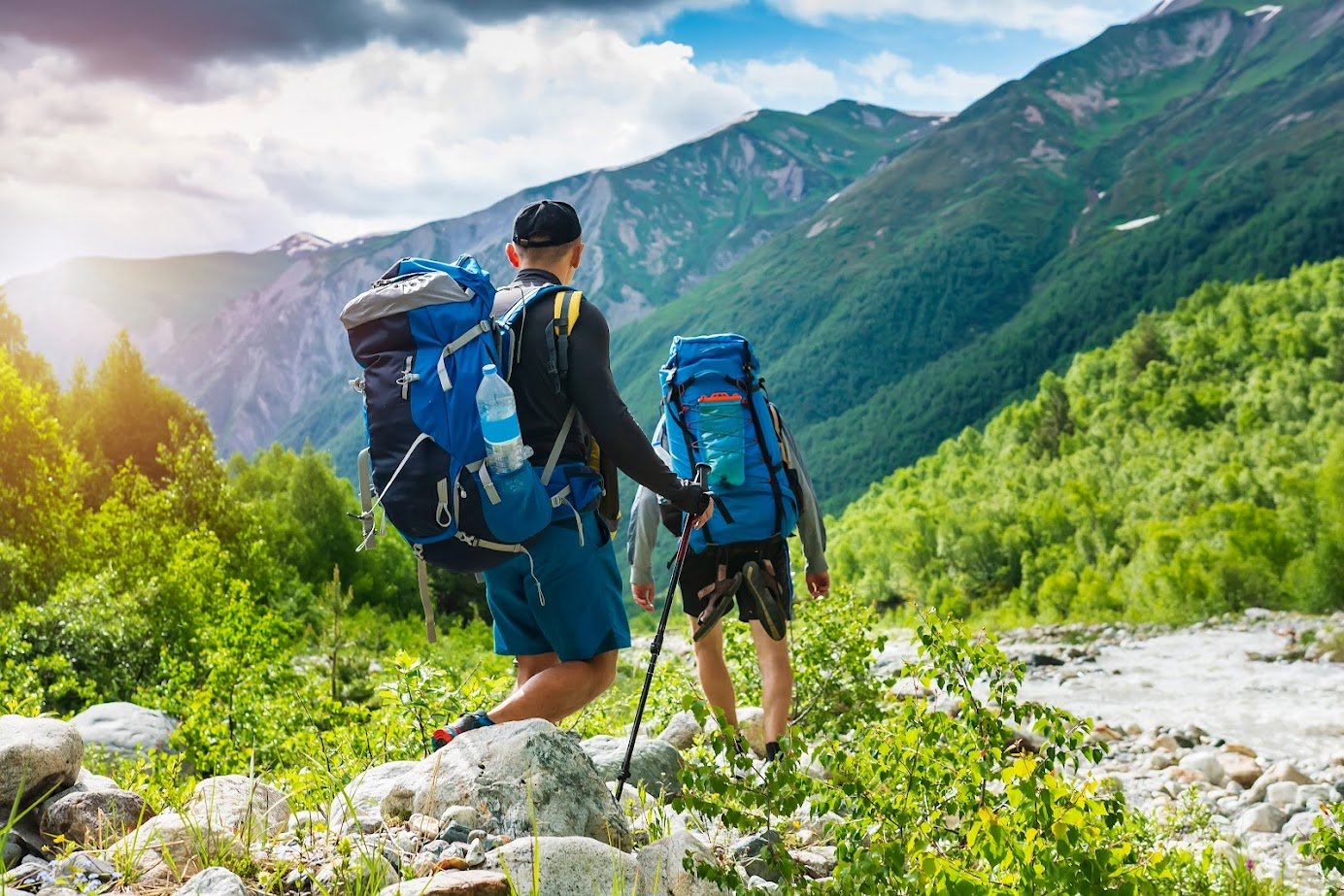
How to choose The Best Trekking Company in India?

Promoting knowledge about well-being while trekking in the Himalayas
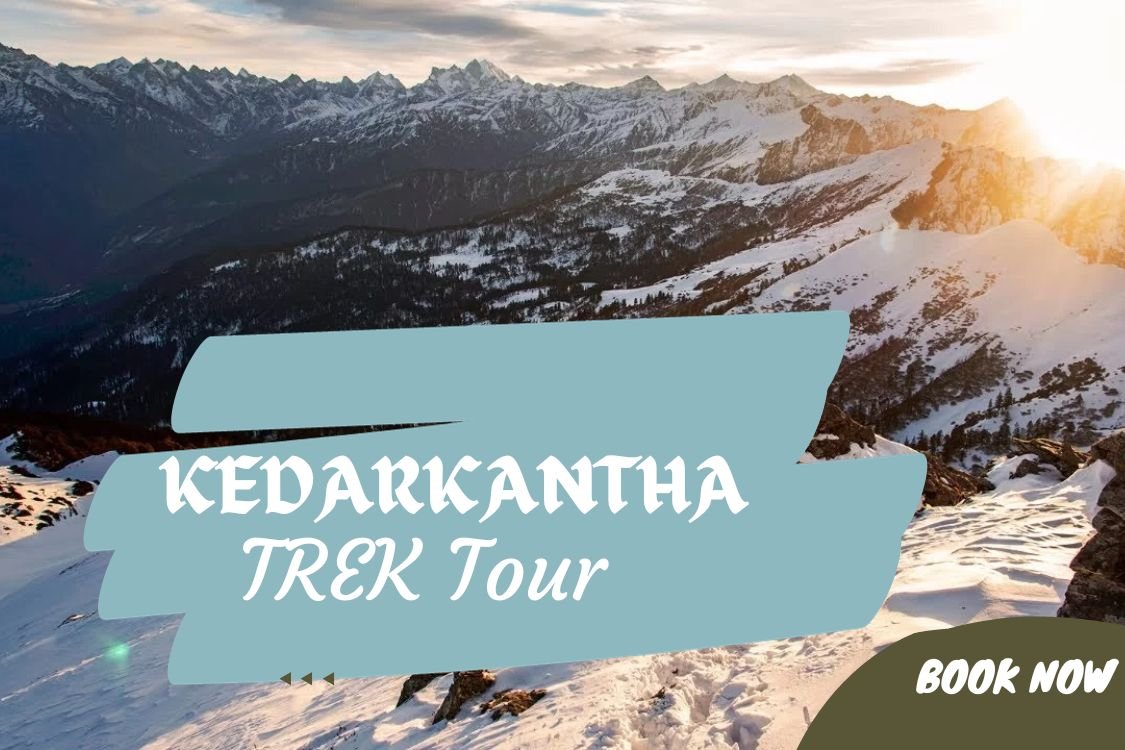
How To Plan A Kedarkantha Trek Tour Within Your Budget
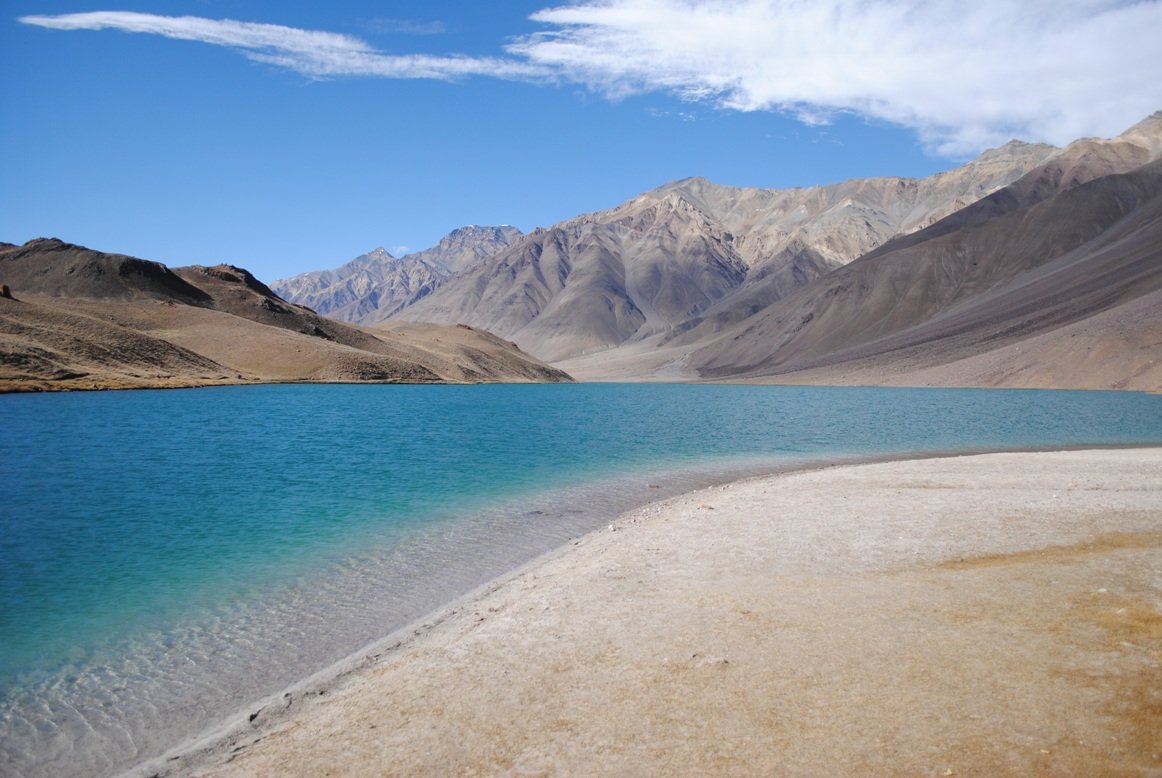
10 of the Best Himalayan Treks You Must Do
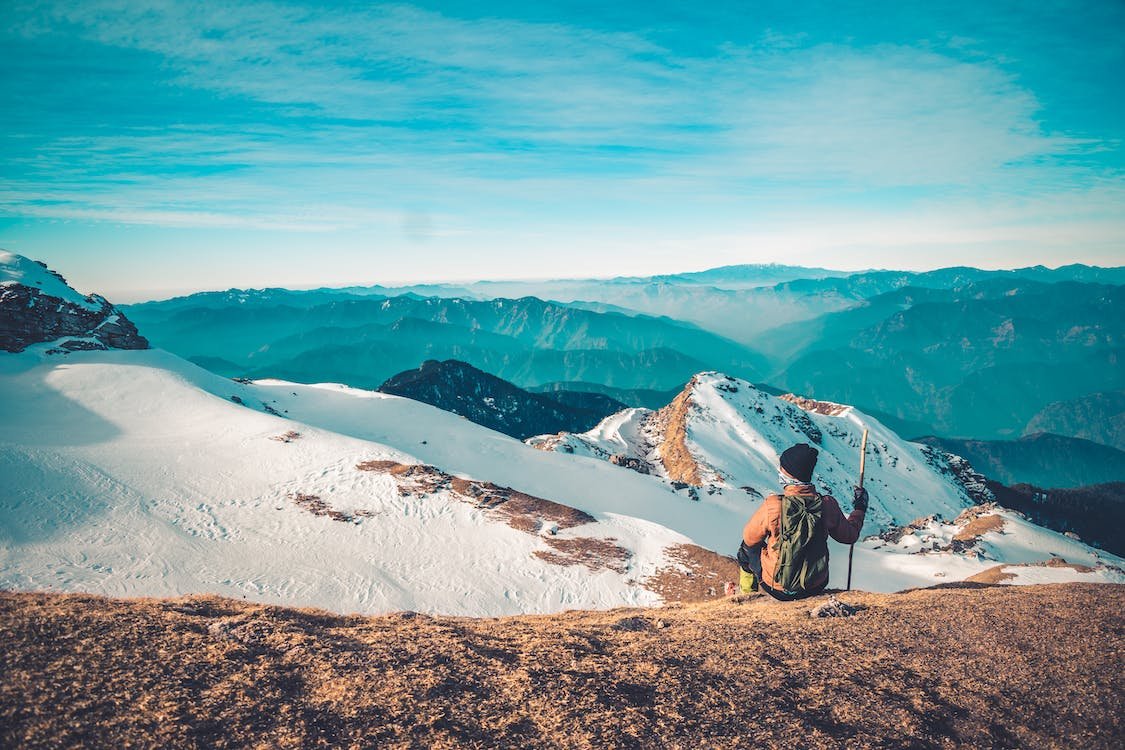
Kedarkantha Trek & Tour Package - A Complete Guide

How To Choose Your First Himalayan Trek

A Spiritual and Adventurous Journey in the Himalayas of Uttarakhand

Trekking In Uttarakhand: Exploring The Majestic Himalayas

Why Kuari Pass Trek Should Be on Every Trekker’s Bucket List
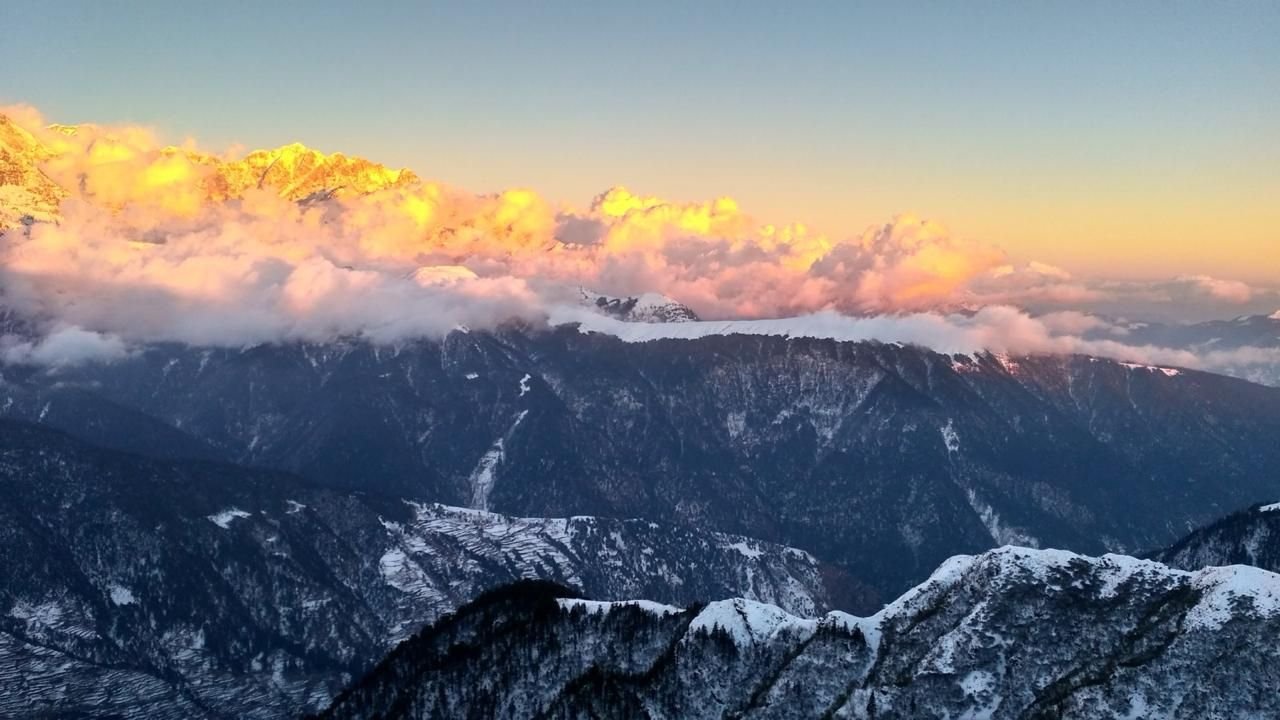
Complete Guide to the Brahmatal Trek Route and Itinerary
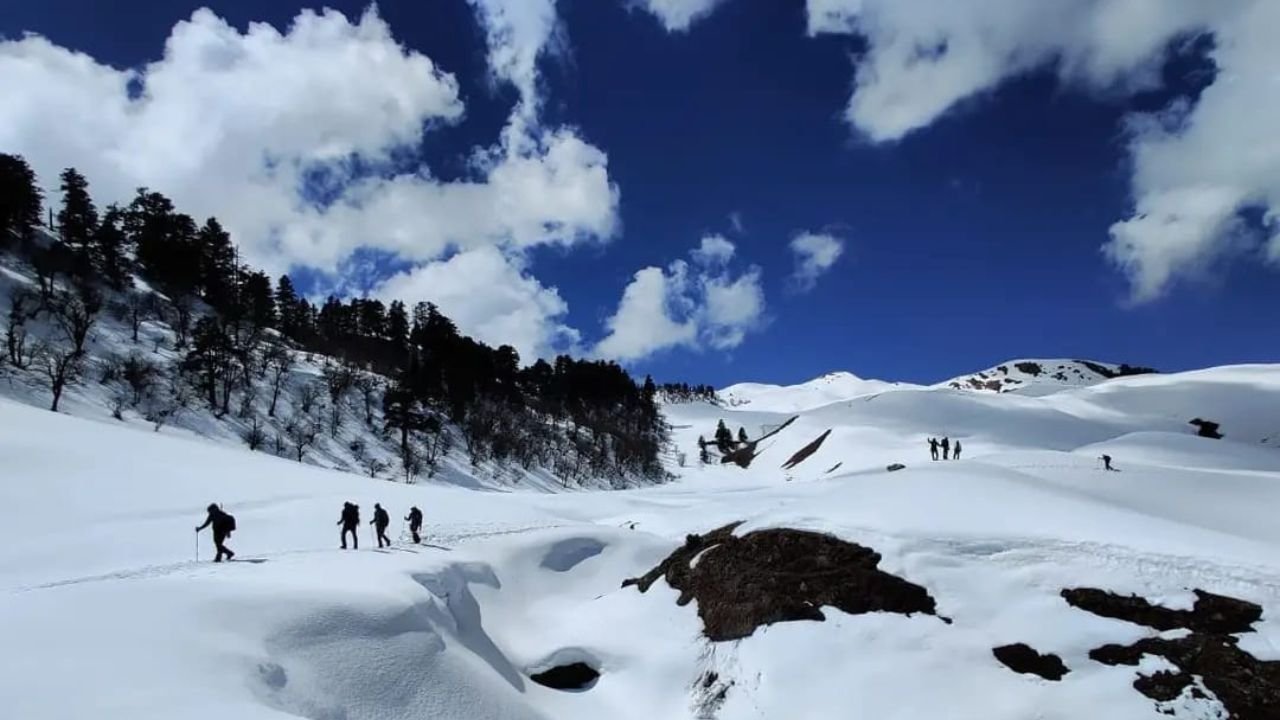
Top 5 Reasons Why Dayara Bugyal Trek Should Be Your Next Himalayan Trek
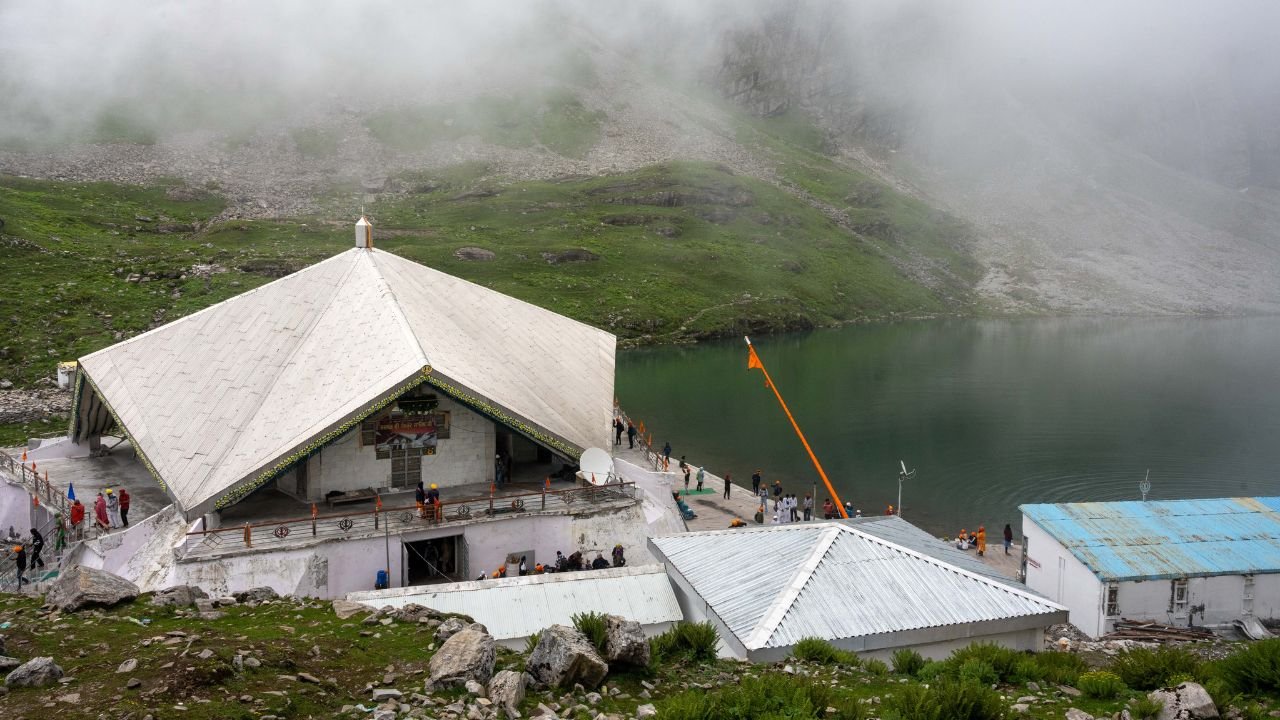
Top 10 Himalayan Treks for Beginners in India 2025

Best Time for Ali Bedni Bugyal Trek: Season-Wise Guide for Trekkers

Top 10 treks to do with friends
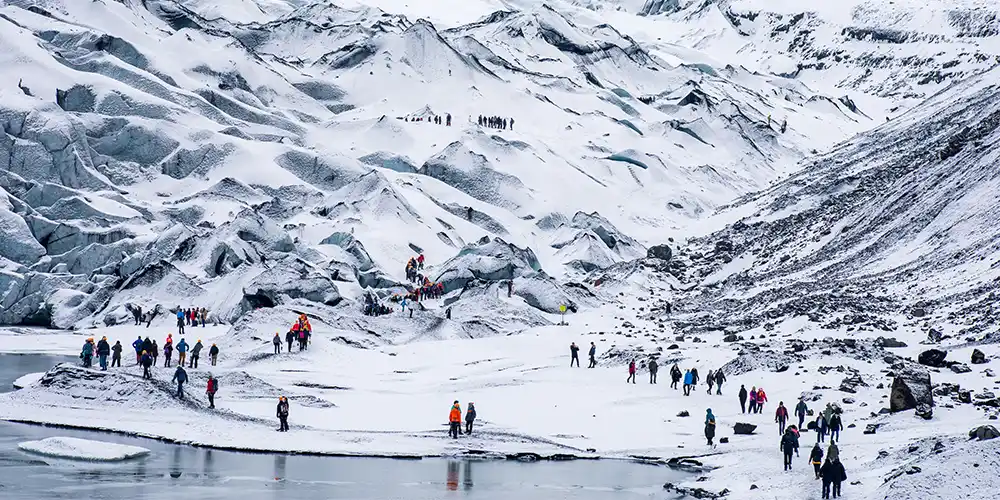
Best Himalayan Winter Treks in Uttarakhand
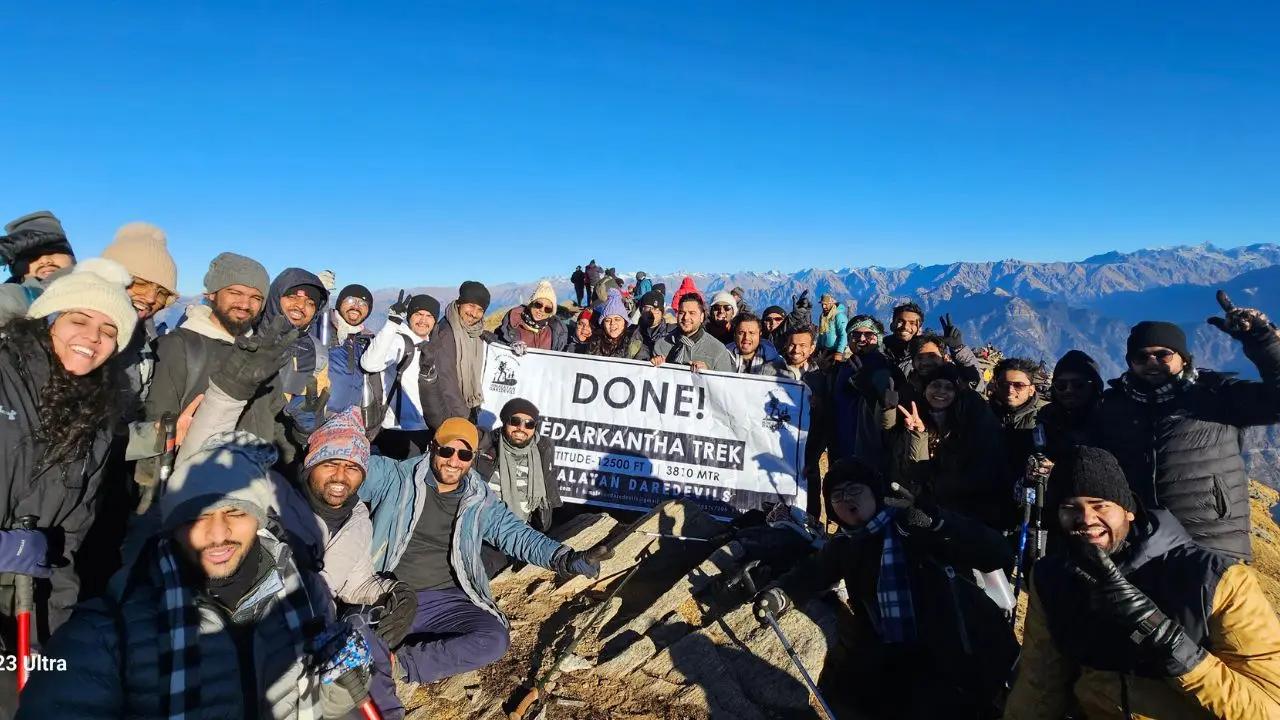
Why is Kedarkantha Trek Called the ‘Queen of Winter Treks’ in Uttarakhand?
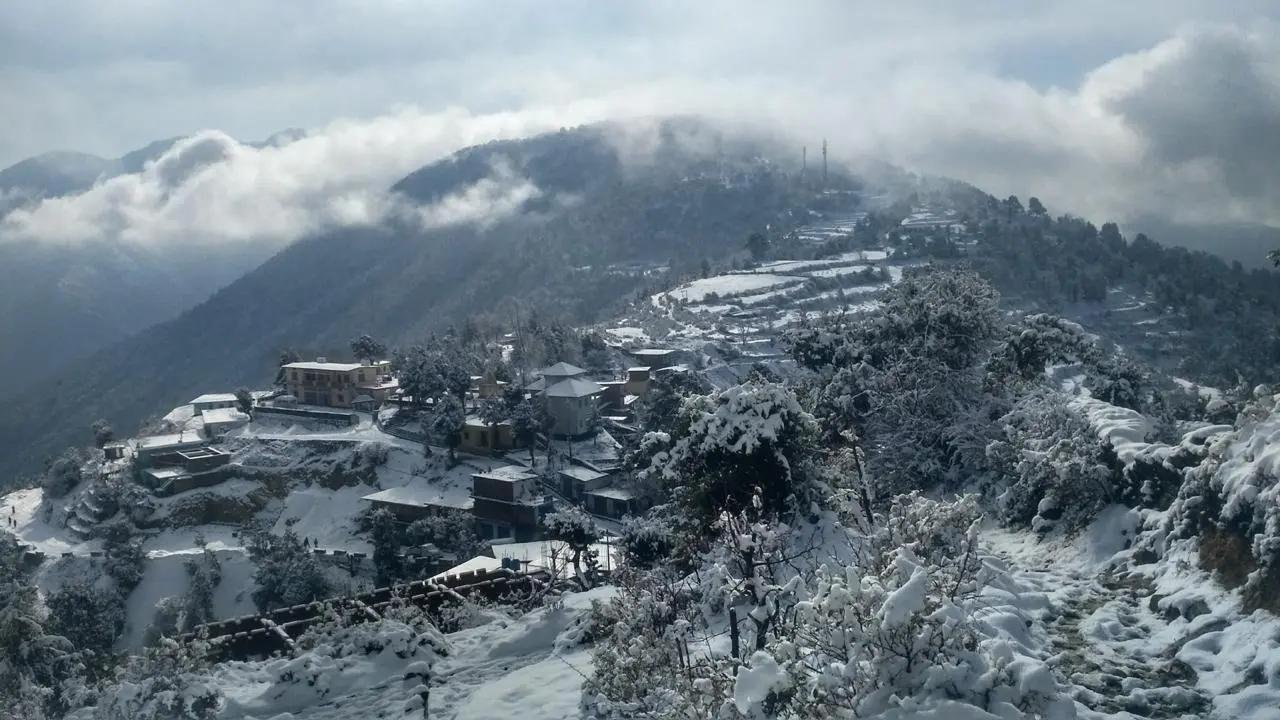
Kedarkantha Trek vs Brahmatal Trek: Which Winter Trek in Uttarakhand is Better?
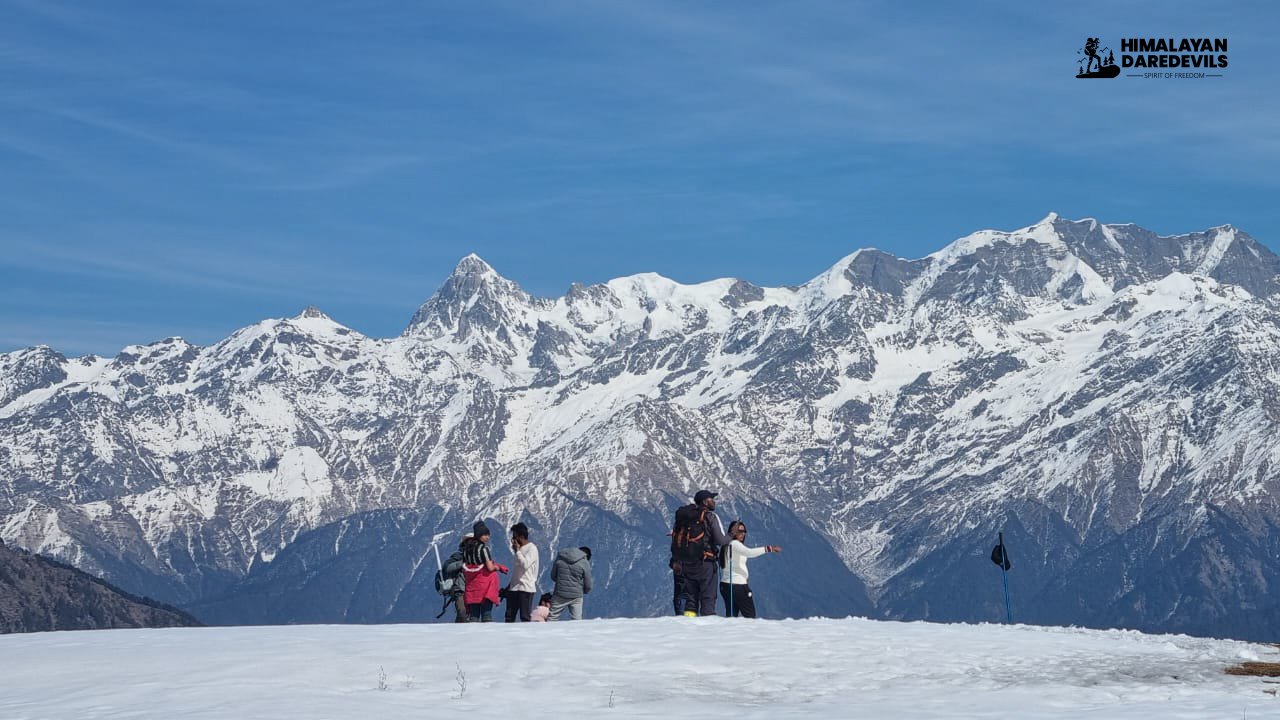
Gulabi Kantha vs Dayara Bugyal: Which Winter Trek Should You Pick?
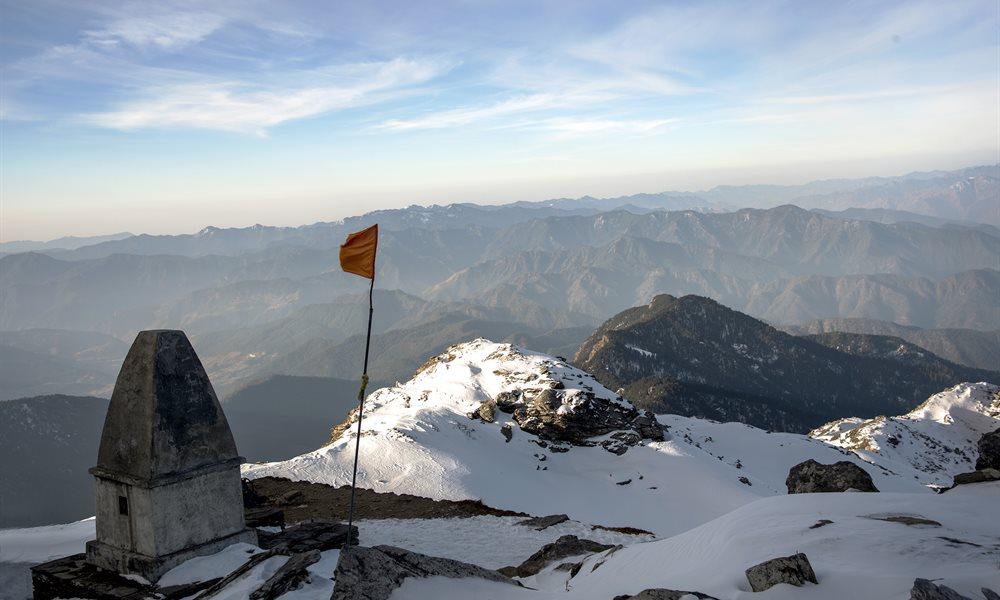
Kedarkantha Trek Difficulty Explained: Altitude, Weather & Terrain
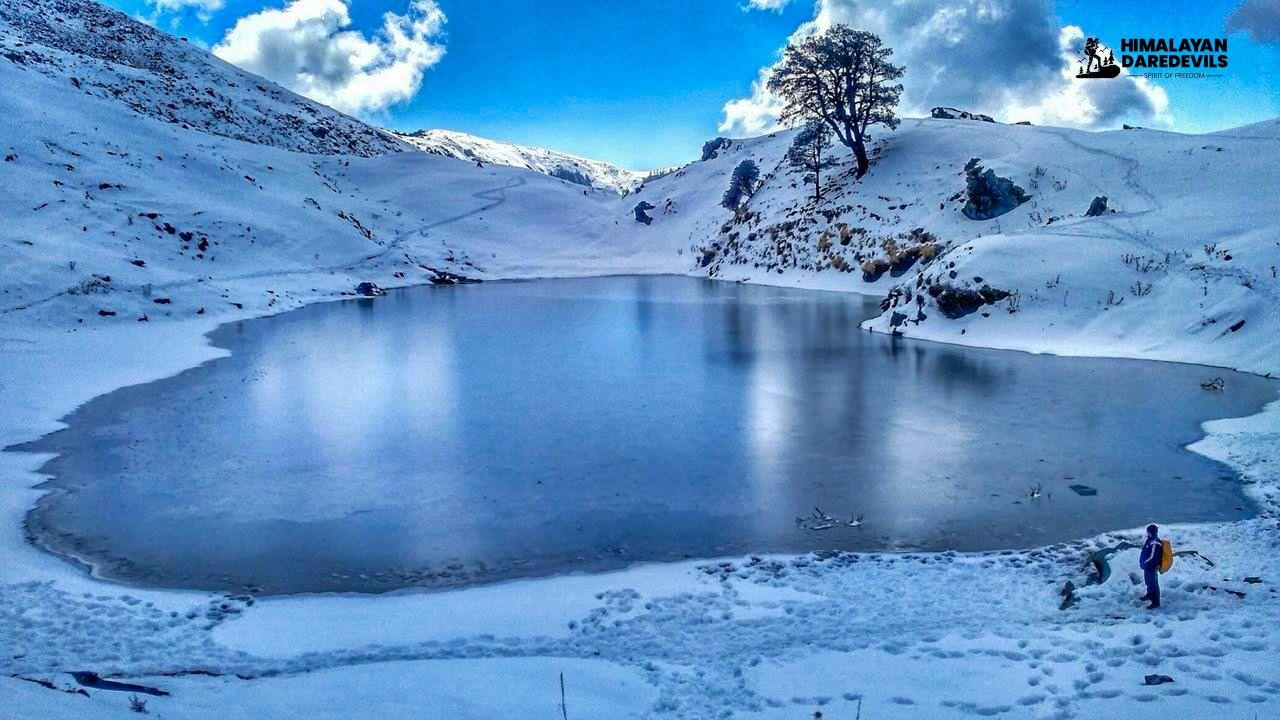
Why Brahmatal is the Perfect Winter Trek for Snow Lovers
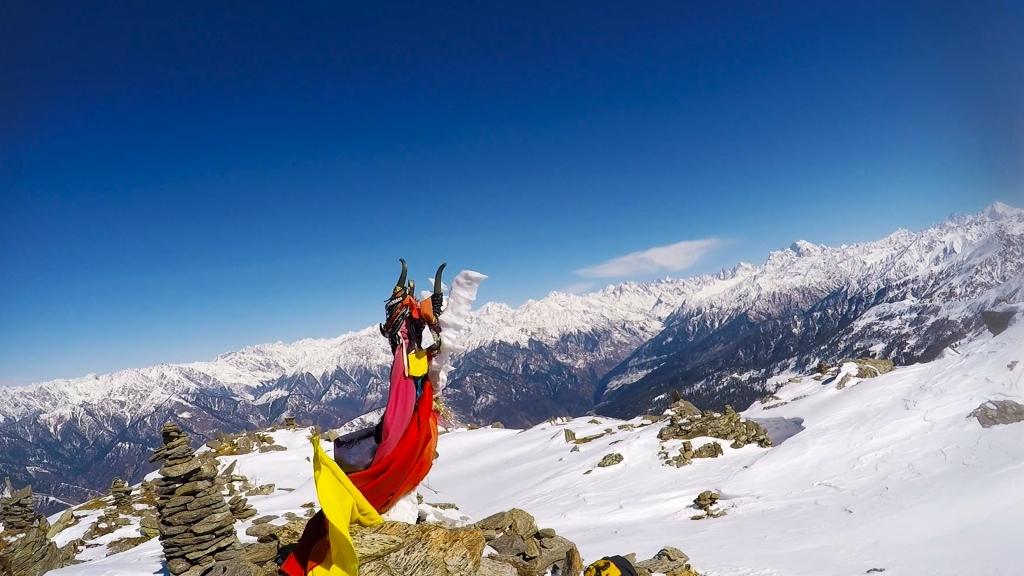
Famous Himalayan Peaks Visible from Kedarkantha Trek

Best Time to Experience Kedarkantha Trek: A Complete Guide
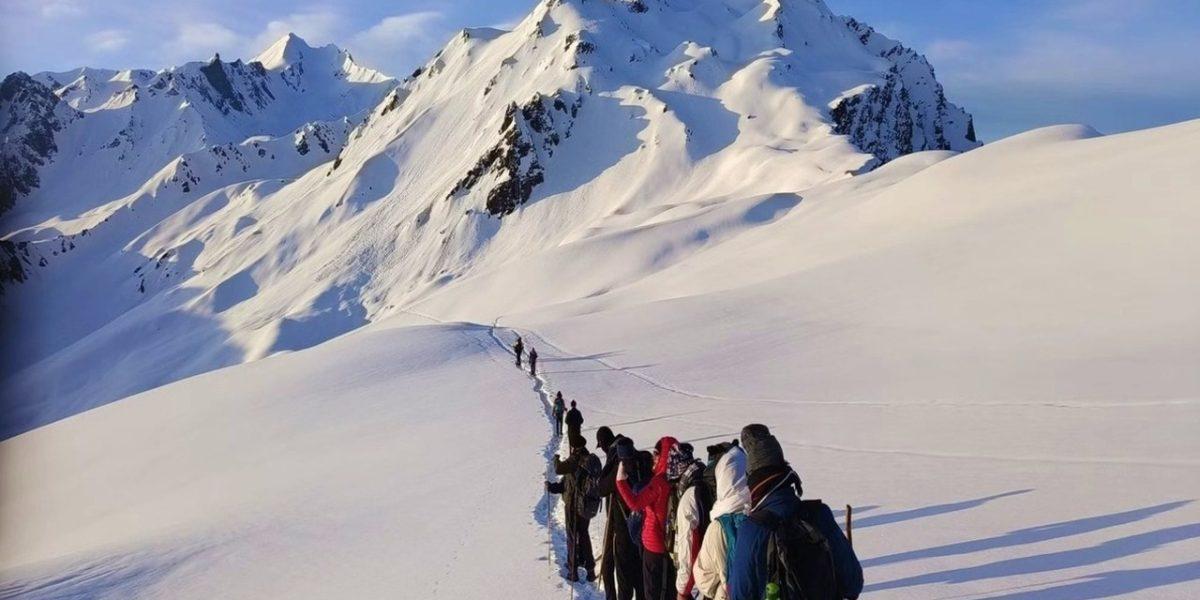
Sar Pass Trek Best Time: Month-Wise Weather, Snowfall & Trekking Experience
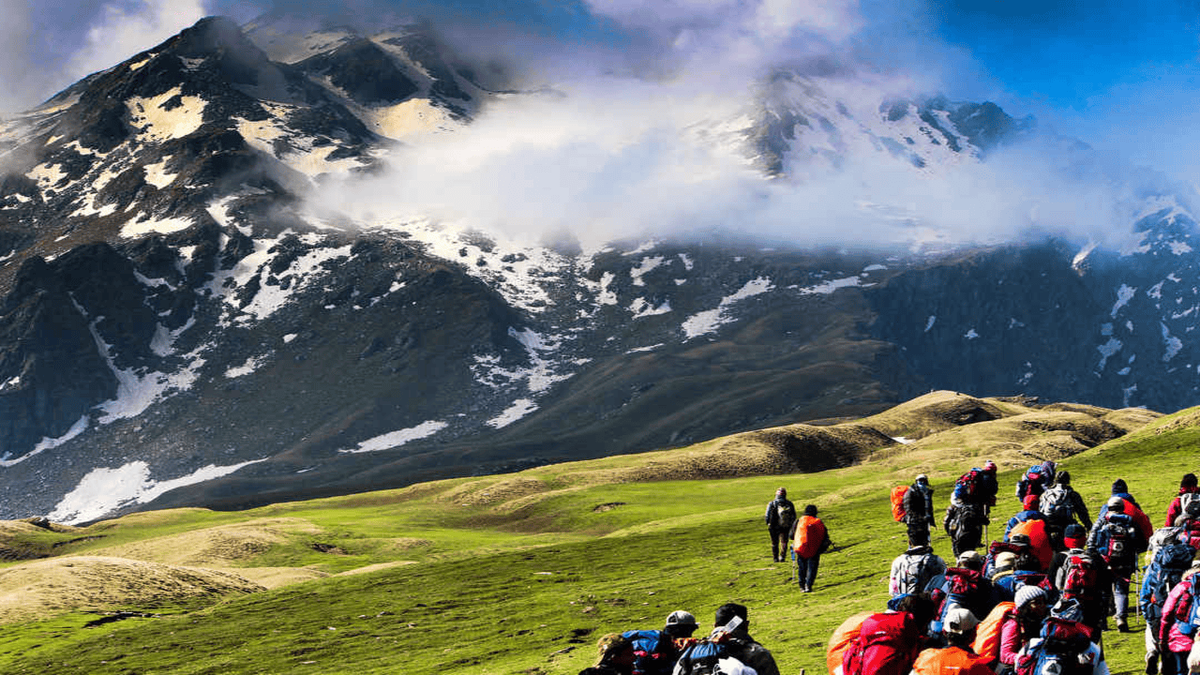
Sar Pass Trek Difficulty Level: Complete Guide for Beginners & First-Timers














